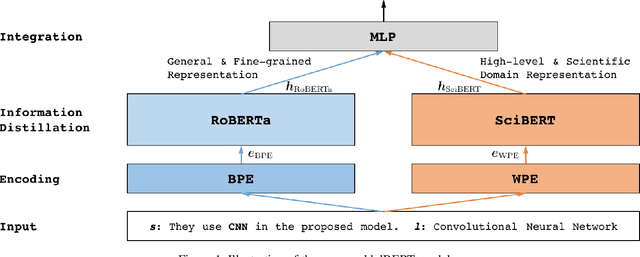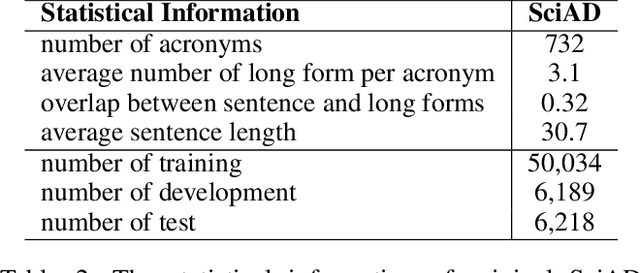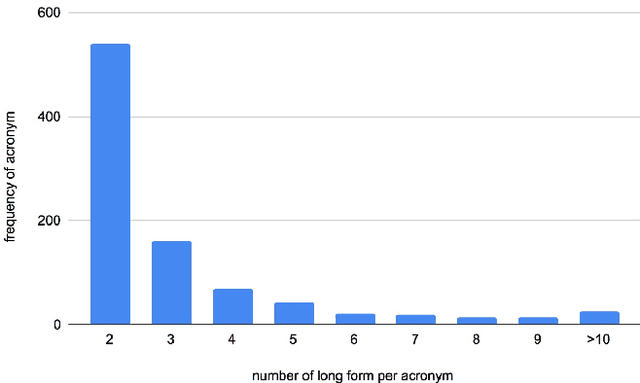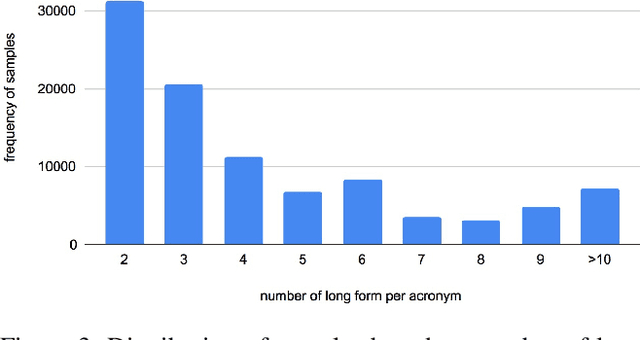Leveraging Domain Agnostic and Specific Knowledge for Acronym Disambiguation
Paper and Code
Jul 01, 2021



An obstacle to scientific document understanding is the extensive use of acronyms which are shortened forms of long technical phrases. Acronym disambiguation aims to find the correct meaning of an ambiguous acronym in a given text. Recent efforts attempted to incorporate word embeddings and deep learning architectures, and achieved significant effects in this task. In general domains, kinds of fine-grained pretrained language models have sprung up, thanks to the largescale corpora which can usually be obtained through crowdsourcing. However, these models based on domain agnostic knowledge might achieve insufficient performance when directly applied to the scientific domain. Moreover, obtaining large-scale high-quality annotated data and representing high-level semantics in the scientific domain is challenging and expensive. In this paper, we consider both the domain agnostic and specific knowledge, and propose a Hierarchical Dual-path BERT method coined hdBERT to capture the general fine-grained and high-level specific representations for acronym disambiguation. First, the context-based pretrained models, RoBERTa and SciBERT, are elaborately involved in encoding these two kinds of knowledge respectively. Second, multiple layer perceptron is devised to integrate the dualpath representations simultaneously and outputs the prediction. With a widely adopted SciAD dataset contained 62,441 sentences, we investigate the effectiveness of hdBERT. The experimental results exhibit that the proposed approach outperforms state-of-the-art methods among various evaluation metrics. Specifically, its macro F1 achieves 93.73%.
 Add to Chrome
Add to Chrome Add to Firefox
Add to Firefox Add to Edge
Add to Edge